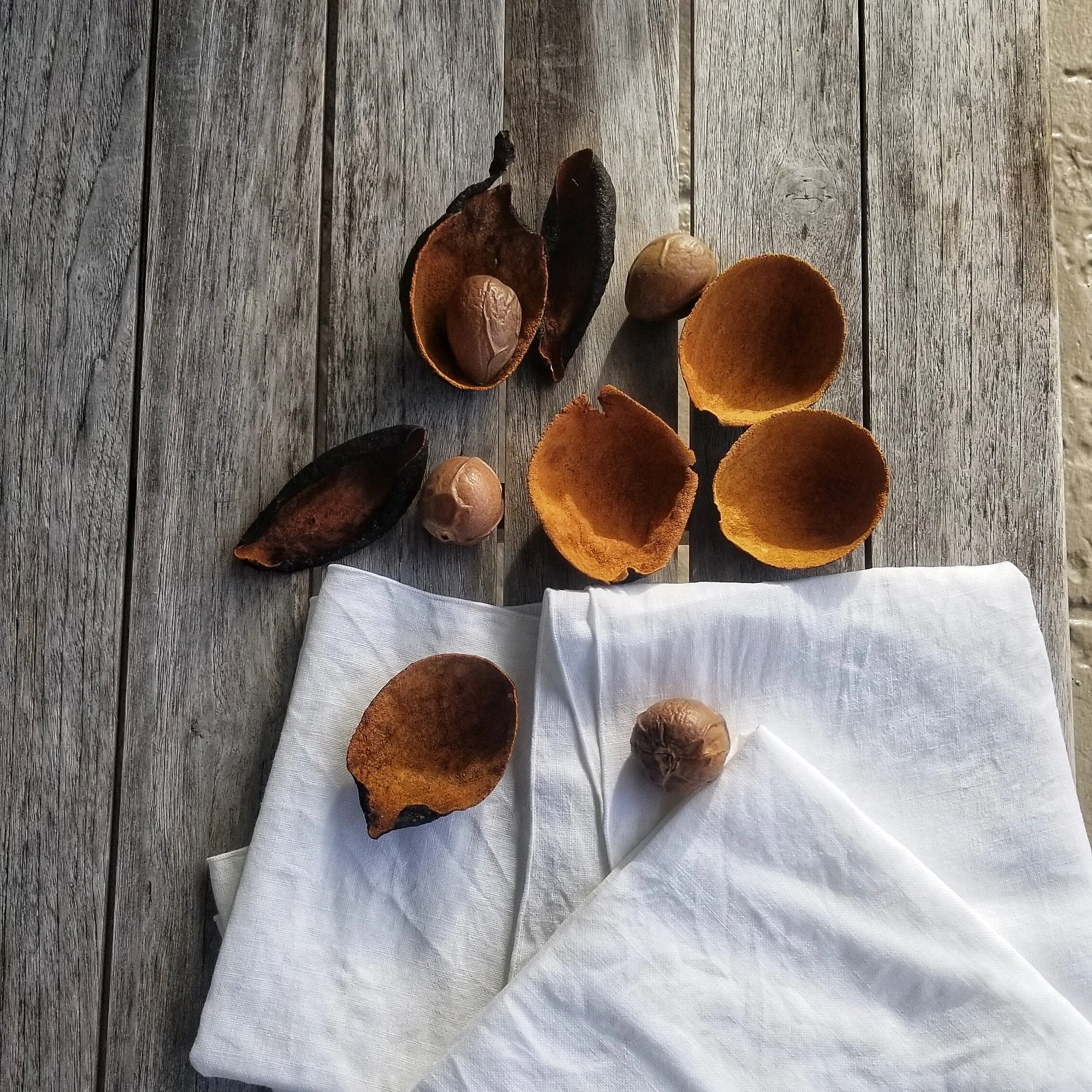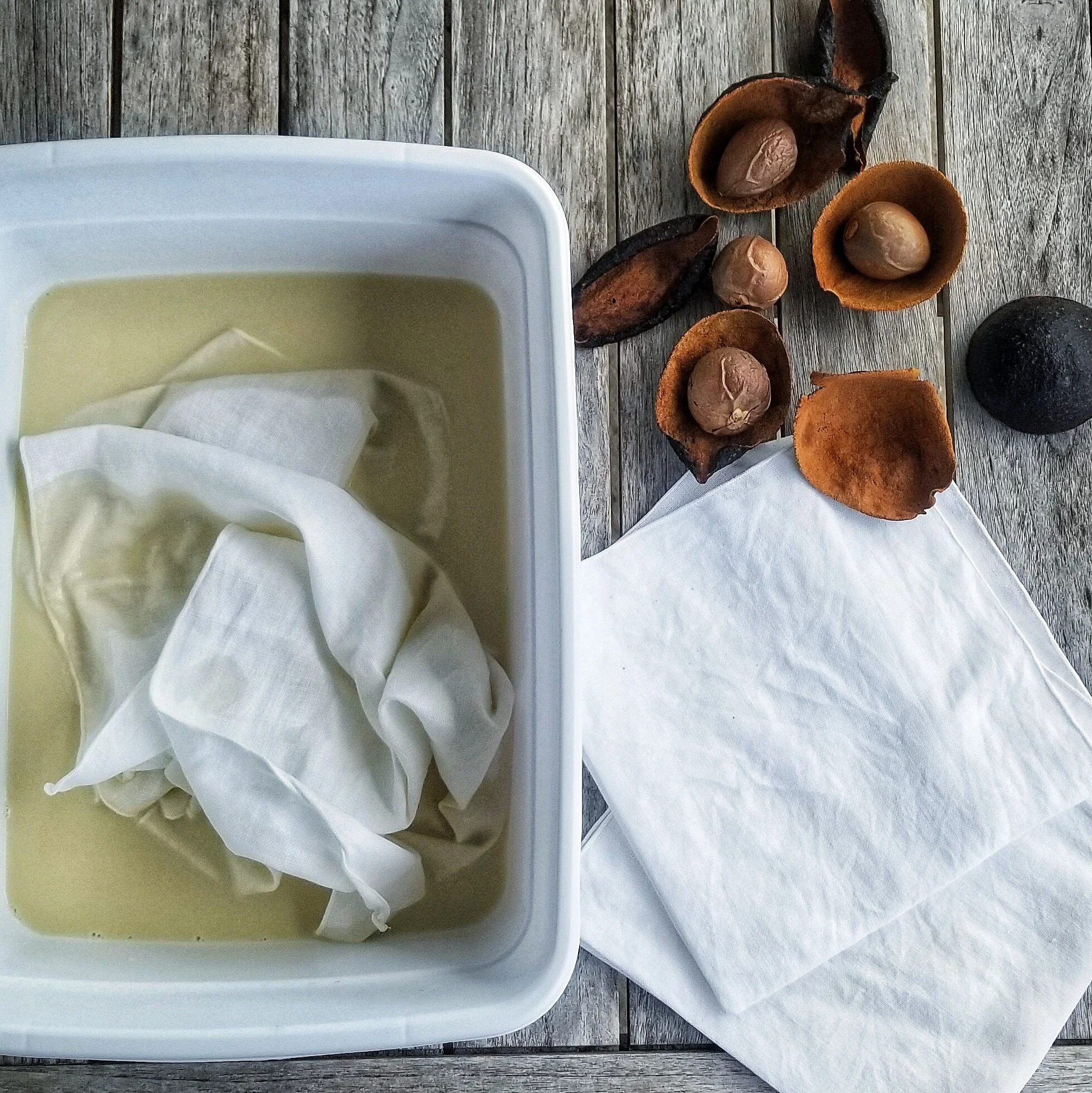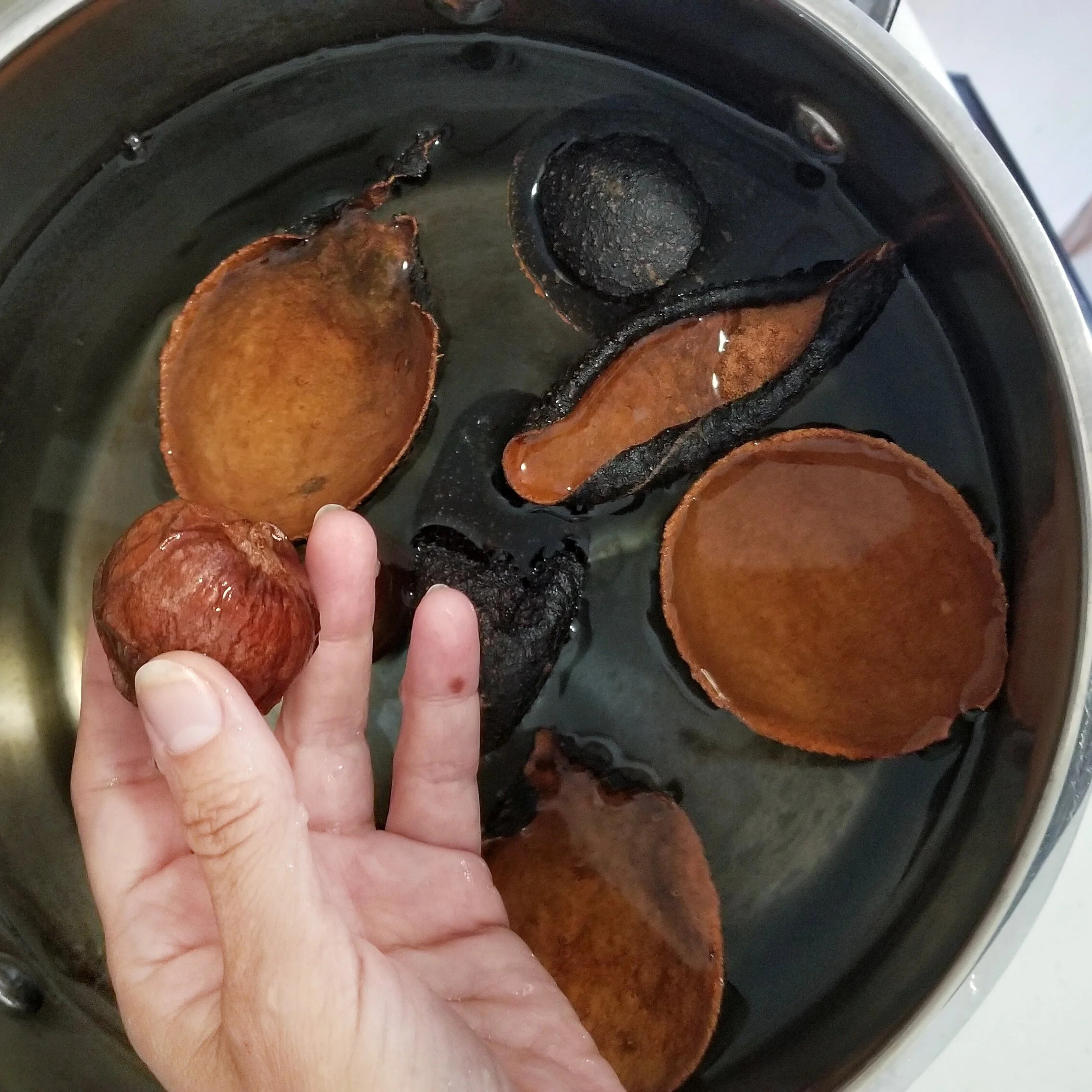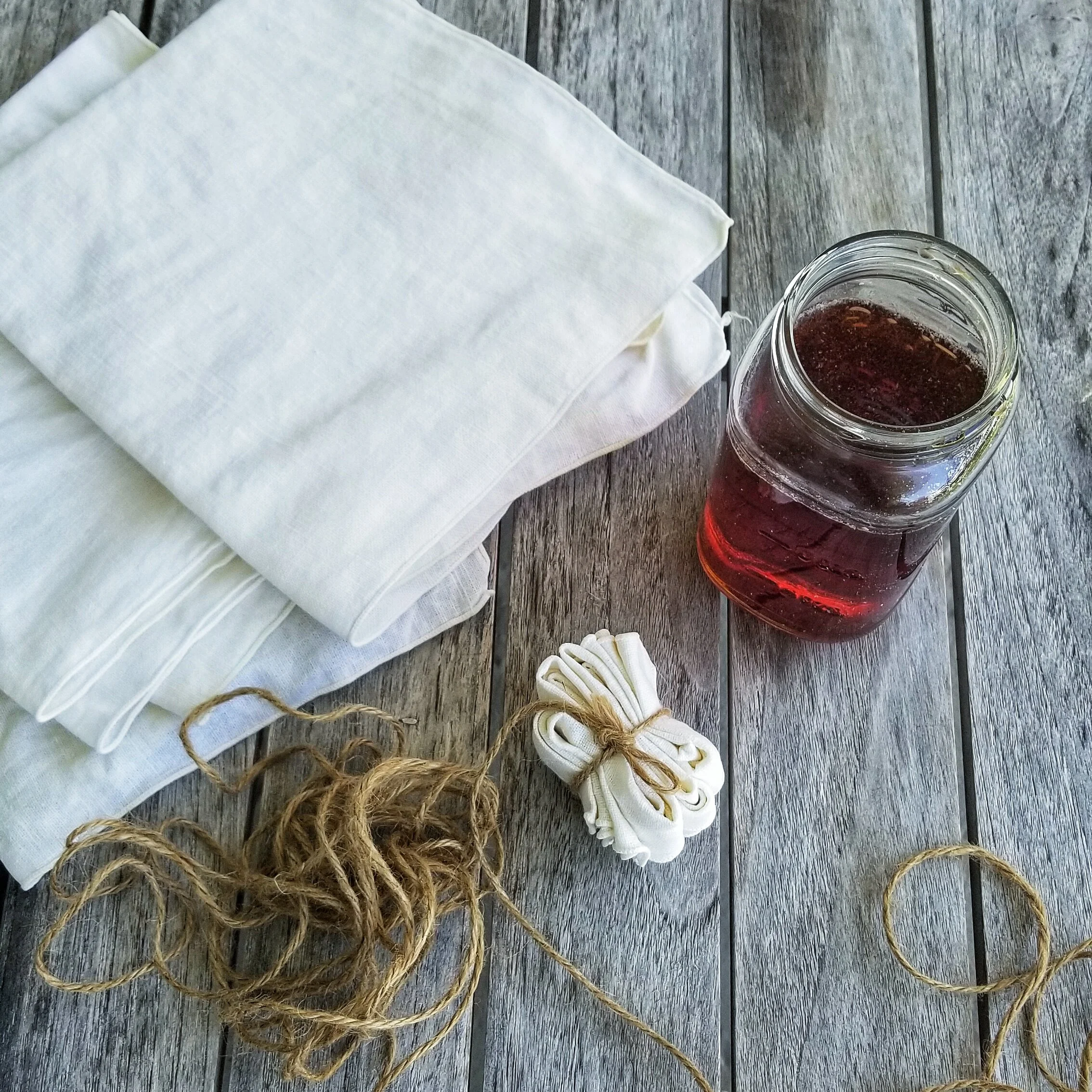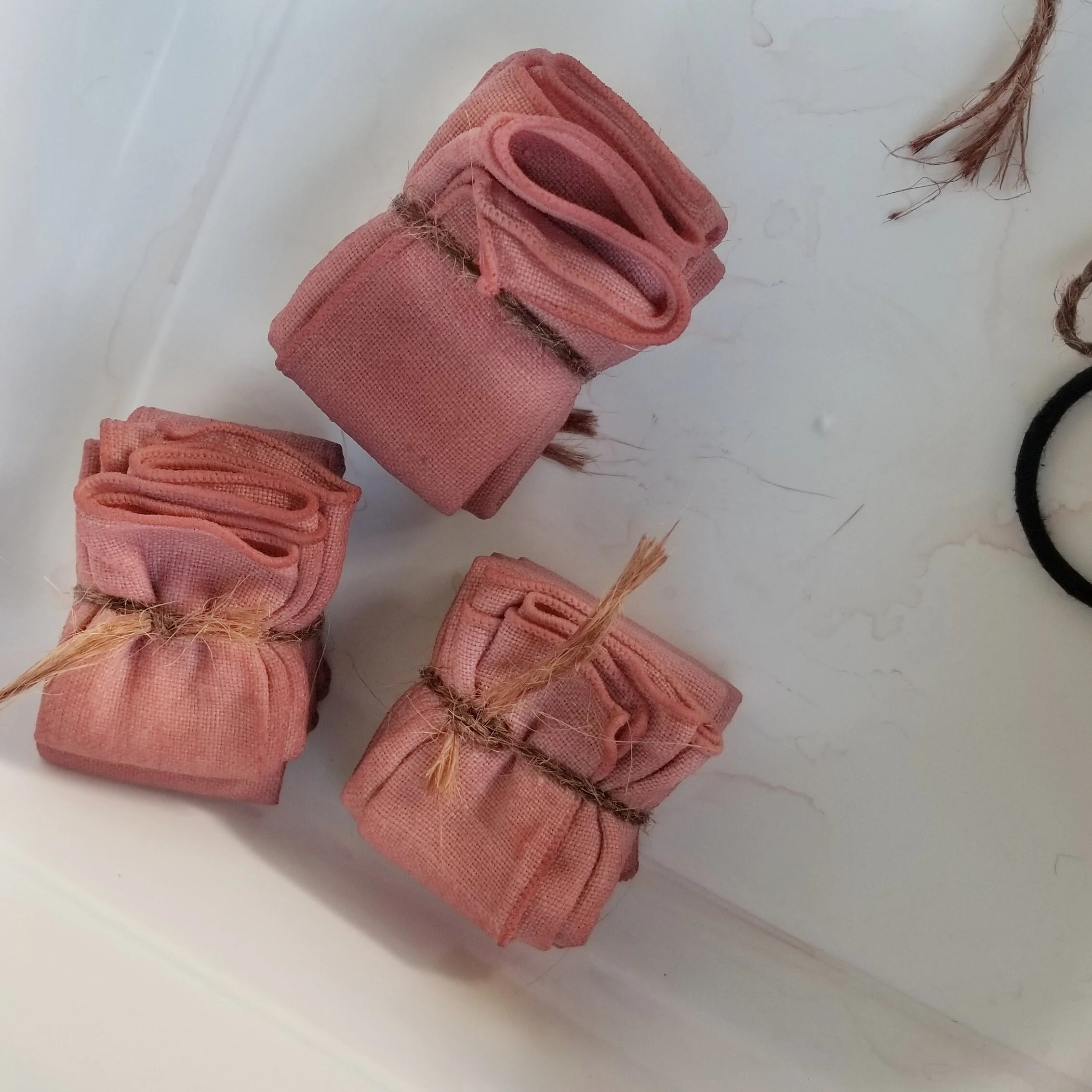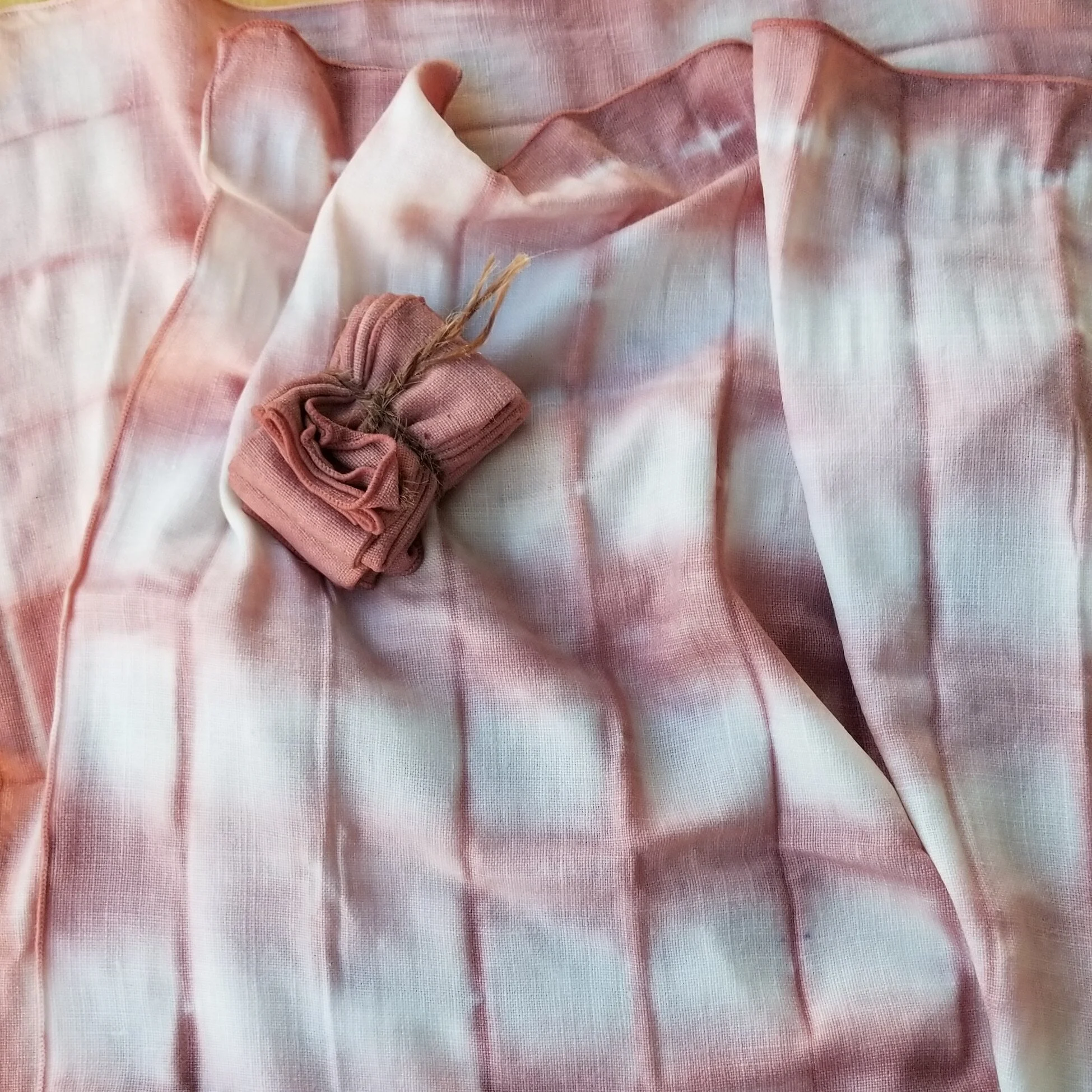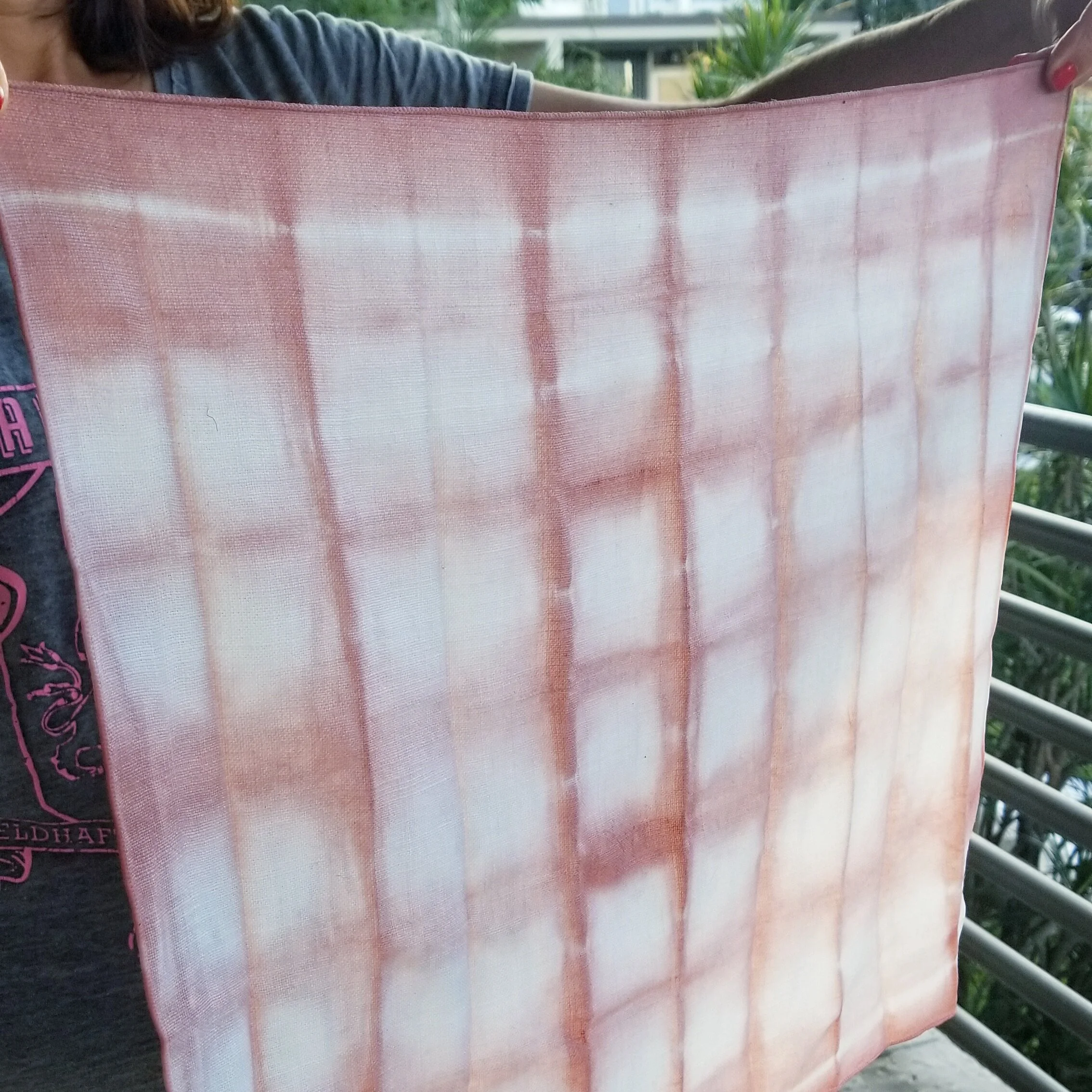Natural
Dyes
When summer gives you avocados.
No matter how sustainably or regenerative we grow our food, if it doesn’t get eaten, it doesn’t do anyone any good. The fact is that about 40% of all the food in the US doesn’t get eaten. Its like buying five bags of groceries and leaving behind two of them in the parking lot.
Take avocados for example, how many have you thrown away waiting for them to ripen? Americans throw away an average of $120 dollars per month per household of four in the form of uneaten food! Planning what you will buy and eat during the week should be part of a conscious kitchen. But also learning how to store and preserve your food a little longer.
When it comes to avocados, you can ripen them faster by putting them in a paper bag along with a banana. During avocado season, cut them in pieces and freeze them to use later in a smoothie instead of bananas. If it surely rottens, then make your best effort to compost or find a useful project for the remnants.
Are you into DIY projects? Then keep reading!
Did you know that avocados, as a natural dye, can produce the loveliest blush pink?
The process of dying with avocado skins and pits is so simple you will wonder why you never did this before.
Required:
Natural Fiber Fabric (cotton, linen, silk, etc.) – This is the best time to revive an old or stained shirt. I used vintage linen napkins.
A large stainless steel or enamel pot and tongs – beware that the enamel may stain.
3-4 avocado pits and the skins -if you want to save them slowly over time, wash them off and freeze them or dry them on a sunny windowsill (this is what I did). Make sure to wash skins and pits thoroughly to remove any flesh left behind.
Soy milk to pretreat your cellulose fibers like cotton or linen
Directions:
1. Wash your fabric ahead of time and let it dry.
2. Place the avocado skins and pits into the bottom of the pot. Add enough water to cover the fabric.
3. Bring the water and avocado pits to a boil, then reduce heat to a simmer. Let the dye simmer for 30-60 minutes then remove from heat. To deepen the color let the dye bath sit overnight.
4. When you are ready to dye, remove the skins/pits with the tongs or strain out any fleshy bits and then add fabric to the dye bath.
5. Let the dye simmer while moving the fabric around to cover evenly.
6. Once 20-30 minutes have passed you can see the fabric will become light pink. If you want a darker color leave it for a longer period.
7. Carefully removed the fabric from the dye and rinse it in cold water.
8. Let it dry as the color will intensify.
Tips:
Soy milk is not a mordant but a binder and can be used to obtain a deeper color in cellulose/plant fibers like linen or cotton.
You can make your own soy milk or buy premade – but with not additives like sugar.
Soak garment in one part soy milk, 4 parts water and let it dry overnight.
Protein fibers (wool, silk) don’t need to be pretreated.
Do not use synthetic fabrics as they won’t change color much.
Soak the garment in soy after you have washed it and before you dye it.
Wash, soak in soy, let it dry overnight or longer, then rinse, and dye.
You can dye your fabric/garment by soaking it freely or choose a tie dye technique.
I used the Shibori method.

